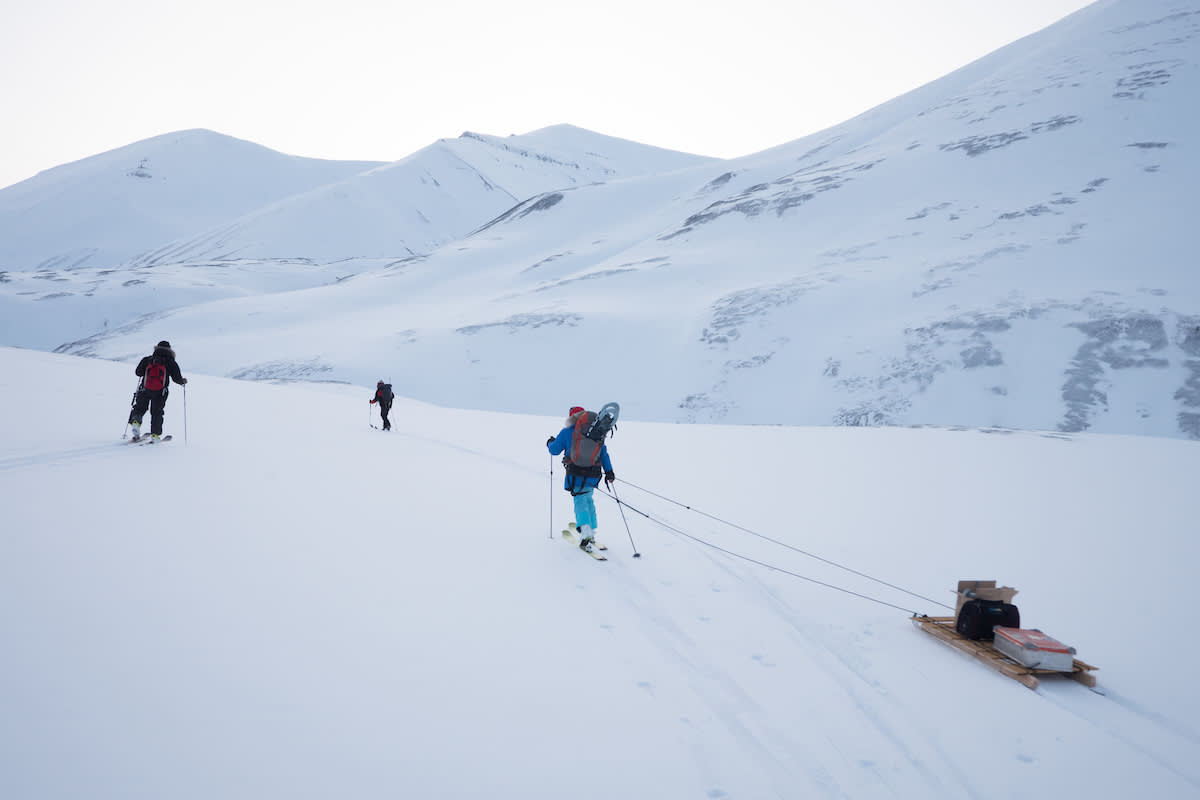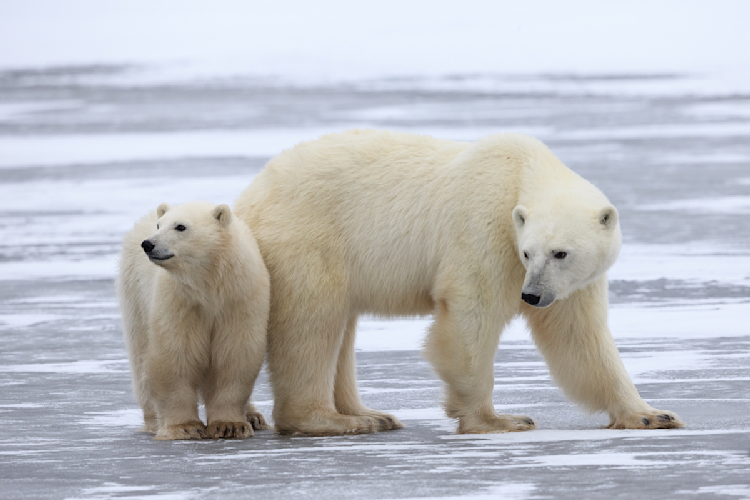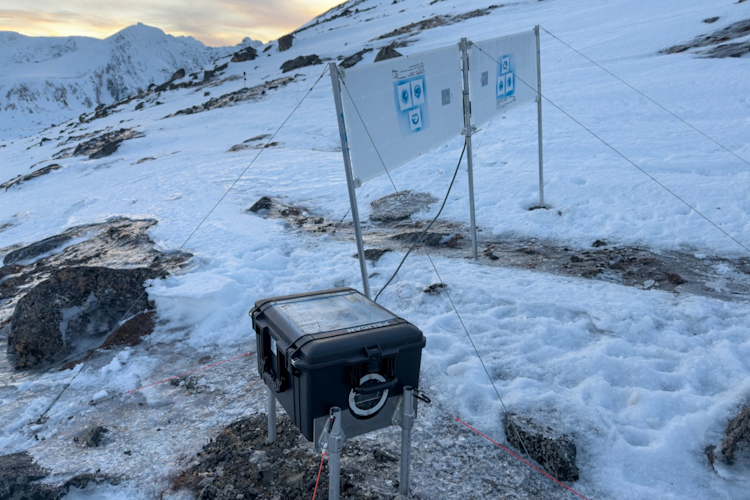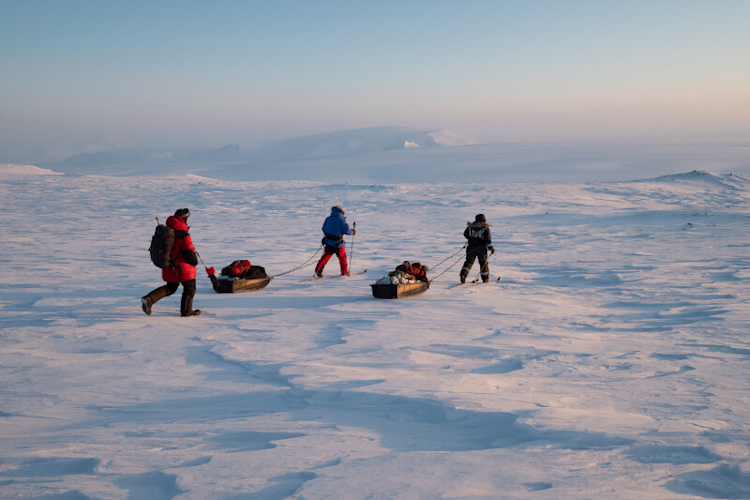Q: Last year you were lucky with the Maternal Den Study. You managed to set up cameras in Svalbard just before coronavirus lockdowns began. But this year was a different story. Can you tell us what happened?
A: I was certainly disappointed that we had to cancel this year’s fieldwork, but we didn’t want to be the ones to bring covid to a northern community. And even if we had been able to travel, we may not have been able to get out to the dens due to covid restrictions related to helicopter transportation.
We knew this was going to be a tough year for travel, so we actually started with three possible plans:
The first one was based around our team from North America being able to go
The second relied on our Norwegian partners being able to fly to Svalbard
And our final plan involved using Norwegian Polar Institute staff members based in Svalbard
In the end, after repeated revisions to the plan, the clock ran out. The bears would have already started to emerge before we had a chance to get the gear deployed.
Q: This would have been your sixth year of data collection in Svalbard. What are the impacts on the project?
A: This year, we had a lot of possibilities for capturing footage of emerging families as there was a high density of known den sites in one area—so it was definitely frustrating that we weren’t able to go. That said, a one-year gap in this study, while not ideal, probably won’t have much long-term impact, especially if we’re able to return next year.
We got lucky in 2020 when so many other projects got shut down. We eked by—we arrived in Svalbard in late February and made it home just before the lockdowns began. Now it’s our turn to sit a season out.
Q: How did you use the time instead?
A: This has been a season of planning and replanning but also of reinvention of and innovation. Since I didn’t travel to Svalbard this year, I was able to spend time testing and improving the computers and software we use to run the cameras.
Right now, I have six different Raspberry Pi single board computers on my workbench. To most people, these small computers look like raw circuit boards with a few recognizable plugs on the side, like a USB port. They were designed as inexpensive educational tools/hobbyist development boards, ideal for tinkerers.
We chose them because of their extremely low power consumption and the fact that they can be easily customized. Plus, they’re small and lightweight, making them easy to transport when skiing or hiking. They can also withstand Arctic temperatures—which makes them ideal for a field project like this.




















